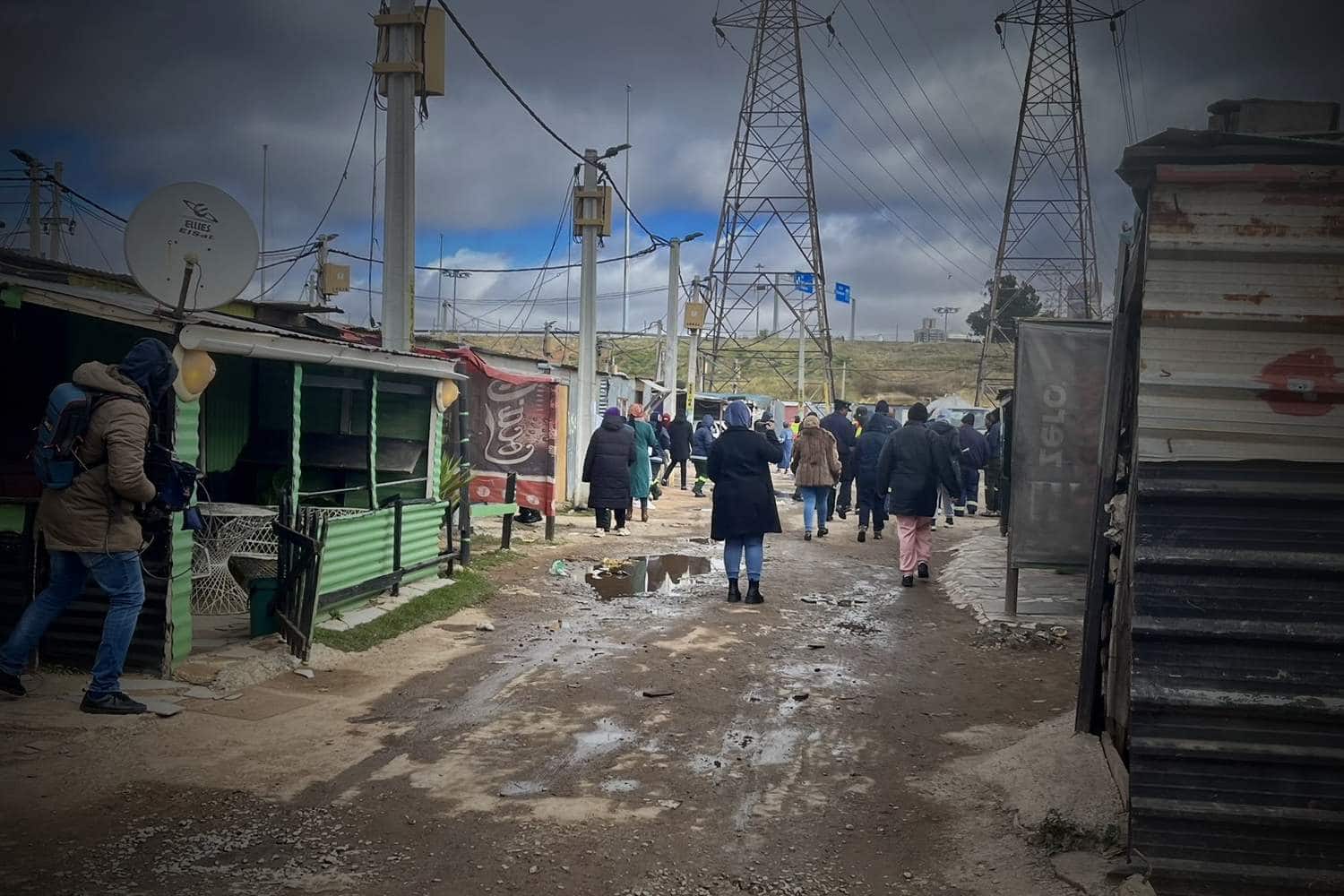The rainy season has officially returned to Johannesburg, bringing both relief from the dry winter and growing concern about the risk of flooding.
According to the South African Weather Service (SAWS), Johannesburg weather patterns for the summer months show a strong likelihood of heavier-than-usual rainfall across Gauteng and neighbouring provinces.
In a recent seasonal outlook, SAWS forecaster Lehlogonolo Thobela said the forecast indicates “wetter-than-usual conditions stretching from spring into early summer,” driven partly by the development of a La Niña weather pattern.
La Niña is a natural climate phase that typically brings increased rainfall to southern Africa.
The agency explained that these conditions are expected to intensify between November and February, which is traditionally the peak of the rainy season. During this time, Johannesburg often experiences thunderstorms, hail, and flash floods that can cause damage to homes, vehicles, and roads.
SAWS also noted that its forecast models show “moderate to high confidence,” meaning the predictions are backed by consistent climate data, though not guaranteed.
The agency urged residents to act early by clearing drainage channels, securing valuables off the floor, and avoiding flooded roads.
“Do not attempt to drive or walk through flooded roads or underpasses,” SAWS warned, adding that most flood-related deaths happen when motorists try to cross moving water.
City of Johannesburg Emergency Management Services (EMS) said they remain on high alert as the wet conditions set in.
“We are monitoring all seven regions of the city for any emergencies that might occur. Motorists should extend their following distance and avoid crossing low-lying bridges or rivers,” spokesperson Robert Mulaudzi said.
He added that residents can contact the EMS Command and Control Centre on 011 375 5911 for life-threatening emergencies.
The city’s Aquatic Rescue Unit, a specialised team trained to respond to water-related incidents, has also been placed on standby as part of the municipality’s readiness plan.
Gauteng’s Department of Cooperative Governance and Traditional Affairs (COGTA) confirmed that it has activated the Provincial Disaster Management Centre to monitor flood risks and coordinate with local municipalities.
MEC Mzi Khumalo said lessons from earlier storms had prompted stronger community awareness campaigns and infrastructure maintenance.
“Experience has highlighted the importance of proactive disaster preparedness. We have enhanced our readiness to interpret forecasts, act on warnings, and mobilise an effective response,” he said.
Experts say Johannesburg weather patterns have been changing over the years due to climate shifts. In its broader national report, SAWS explained that the El Niño–Southern Oscillation—a global climate system that alternates between warmer (El Niño) and cooler (La Niña) phases—is now moving toward a weak La Niña stage, which increases rainfall across South Africa’s summer rainfall regions.
Areas such as Gauteng, North West, and KwaZulu-Natal are expected to see above-average rain this season.
While the rain will help replenish water reservoirs, experts have warned that poor drainage, blocked stormwater systems, and informal housing near rivers still make parts of Johannesburg highly vulnerable.
Residents in flood-prone areas like Alexandra, Klipspruit West, and Soweto are urged to stay alert, especially during late-night and early-morning storms.
The city has committed R7 million for disaster response this financial year, covering floods, fires, and other emergencies. Officials say maintenance of stormwater drains and clearing of littered water channels remain a top priority.
